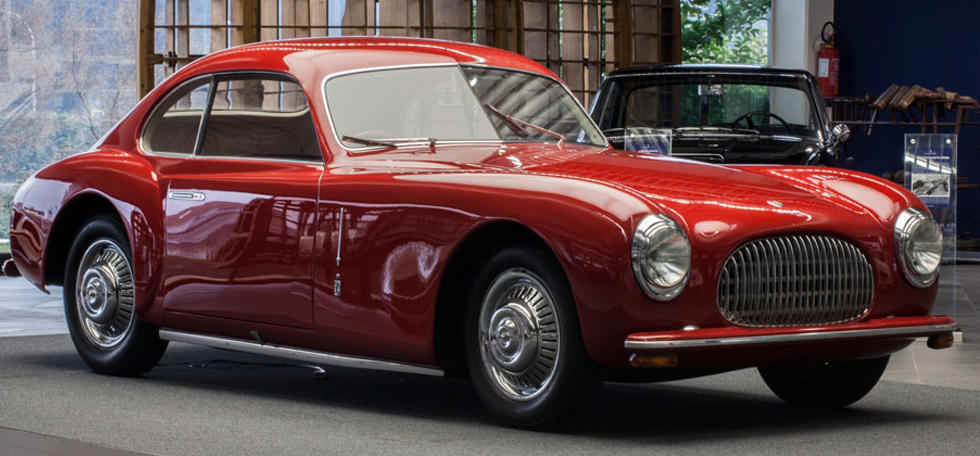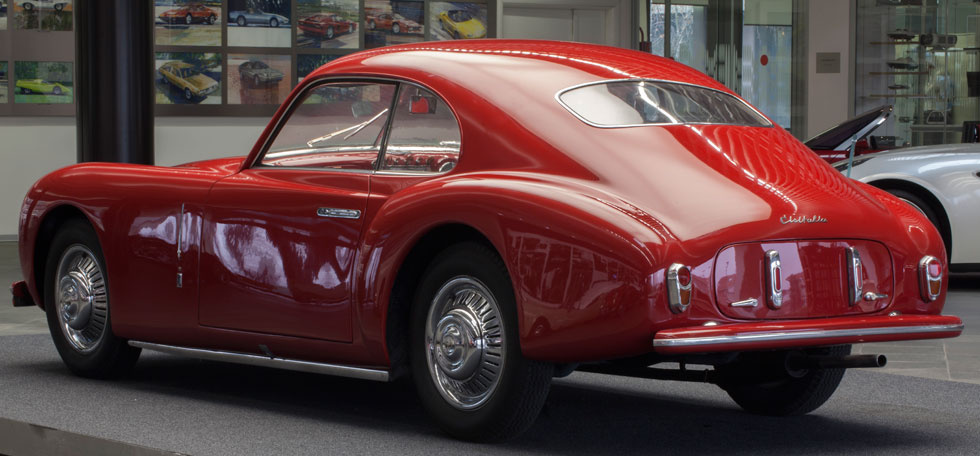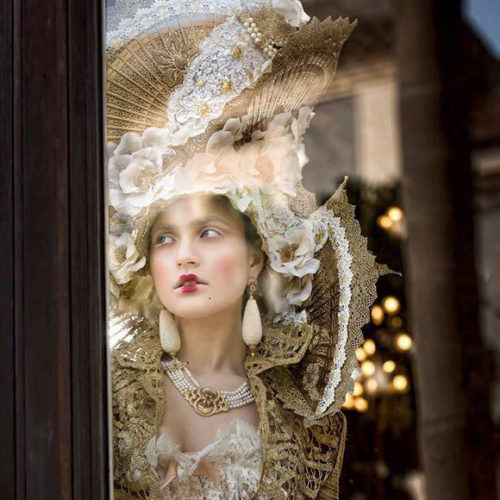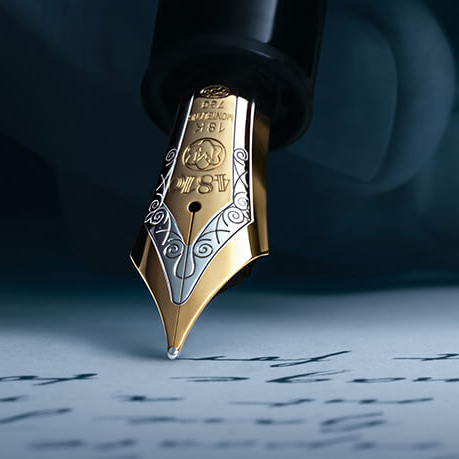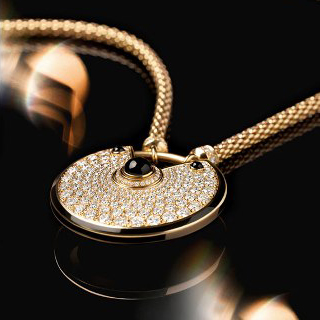
Italians are known the world over for their sophisticated and apparently effortless style. Not everyone here accessorizes designer garb with an espresso and a cigarette, but this Italian cliché has more than a grain of truth in it. Looking good matters here, and achieving la bella figura goes deeper than just the clothes you wear.
Expressing good taste can be done through the books you read, the art you enjoy, or even the car you drive. Italian automotive design is synonymous with exclusivity, passion, and beauty, and Pininfarina is the most famous design house of them all. I visited their museum and headquarters in Turin to find out more about their designs.
On approach this pebble-dashed concrete complex is rather uninspiring, particularly as the home of such a prestigious brand. Stepping inside however, I see less of a museum and more of a carefully curated gallery of Pininfarina work. Each masterpiece is selected to tell a story, which began in 1930 when Battista ‘Pinin’ Farina founded the firm.
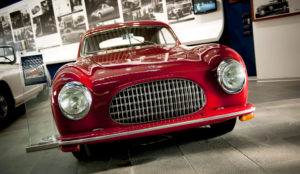
They began making car bodies for top brands such as Alfa Romeo, Fiat and Rolls-Royce, but it was in 1947 when they really made waves in the world of car design. The Cisitalia 202 was unveiled at the Paris Motor Show and was considered such a technical and aesthetic success it was displayed at the Museum of Modern Art in New York, eventually becoming part of their permanent collection.
The Cistalia’s smooth curves heralded a new era of automotive design. My guide for the day, marketing specialist Simona Penna, explained why this car is such a milestone in the Pininfarina story.
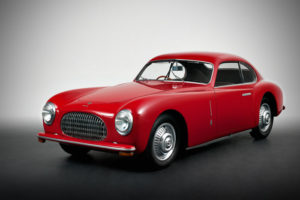 “The Cisitalia is a concentrate of our style and our soul. It’s still so innovative, absolutely elegant but also aerodynamic and really sporty. It’s not dated. A lot of today’s very beautiful cars, tomorrow will be ugly because you will see the marks of time. But this one really became a classic. We love to say that we are looking for timeless beauty and this car is a true expression of this.”
“The Cisitalia is a concentrate of our style and our soul. It’s still so innovative, absolutely elegant but also aerodynamic and really sporty. It’s not dated. A lot of today’s very beautiful cars, tomorrow will be ugly because you will see the marks of time. But this one really became a classic. We love to say that we are looking for timeless beauty and this car is a true expression of this.”
In keeping with the exclusivity of Pininfarina only 170 versions of this sleek two-seater were built, each one customized to the owner’s specifications. The Cisitalia is the kind of car petrol heads describe as sexy; and looking at the smooth pillar-box-red paneling and tactile leather interior, I can see why.
The museum is filled with some of the most sought after and exclusive cars not just in Pininfarina history, but in automobile history too. I stop to admire a 1951 Nash-Healey Spider sold in the US as “America’s first post-war sports car”. Driven by Humphrey Bogart in the film Sabrina, people quickly began to see Pininfarina as a coveted, aspirational brand.
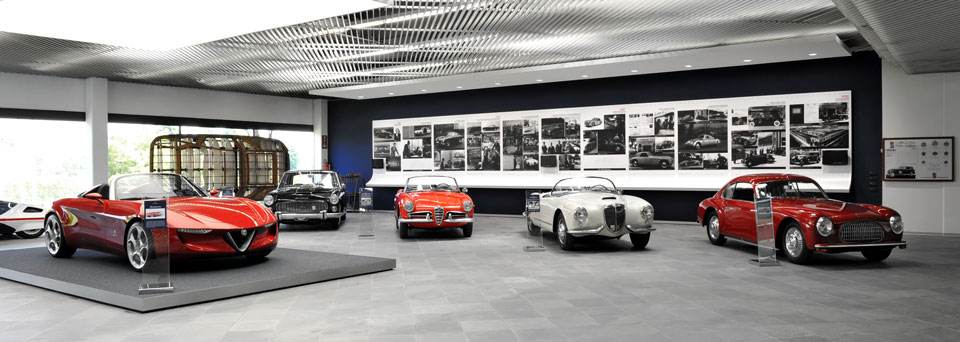
Next up, the Alfa Romeo Giulietta Spider, which famously appeared in The Graduate, frantically driven by Dustin Hoffman in one of the most iconic movie endings of all time.
Whilst earlier cars were custom designed for celebrities, royalty, and other notable figures of the period, the Giulietta was mass-produced. Around 27,000 units were sold and the dream of owning a Pininfarina masterpiece was made slightly more affordable.
Although they began designing cars for Alfa Romeo since the formation of the company, it is Pininfarina’s relationship with Ferrari that is most famous.
Enzo Ferrari and Battista ‘Pinin’ Farina almost never met, as neither one would concede and accept an invitation to the other’s hometown. Battista’s son, Sergio, was the one who broke the deadlock, suggesting the pair meet in Tortona, halfway between Ferrari headquarters in Modena and Pininfarina in Turin. After this momentous meeting the two automotive heavyweights collaborated on some of the finest examples of car design and engineering accomplishment the world has ever seen.
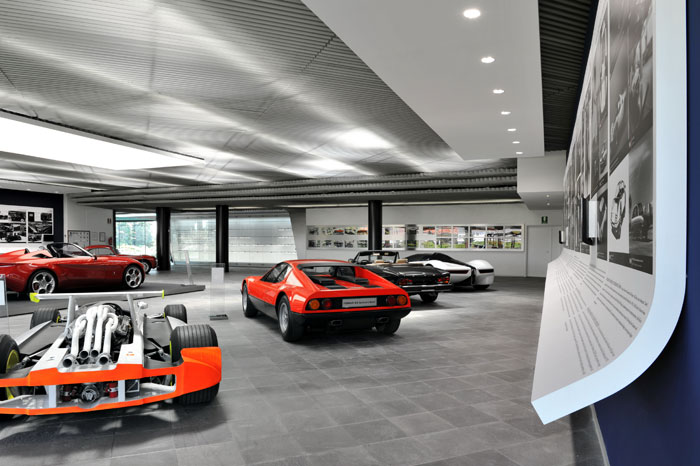
When the Ferrari F40 was released in 1987 it was the fastest, most expensive and most powerful production car ever made. Even now, its prestige sends car fanatics into a frenzy – in 2015, one was snapped up at auction with a price tag of $1.12 million.
Visitors to the museum can see the design process and the results of Pininfarina’s collaboration with Ferrari laid out in front of them through the choice of cars on display.
The 1968 Ferrari P6 Berlinetta Speciale concept car has an ahead of its time design that still looks futuristic even today. The P6 was a research prototype that tested the engineering and design skills of the Pininfarina team.
The advances they made led directly to the evolution of the 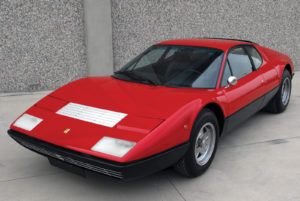 Ferrari Berlinetta Boxer, which features an engine with horizontal cylinders derived from racing cars. Looking at the polished red model in the museum, it’s everything a Ferrari should be: strong and powerful, yet chic and elegant at the same time.
Ferrari Berlinetta Boxer, which features an engine with horizontal cylinders derived from racing cars. Looking at the polished red model in the museum, it’s everything a Ferrari should be: strong and powerful, yet chic and elegant at the same time.
The Boxer was well loved by Ferrari enthusiasts, none more than Eric Clapton who, in 2010, came to Pininfarina asking for a modern interpretation of this classic. Two years later, the team presented Clapton with a unique bespoke car, the SP12 EC.
This $4.7 million creation mixes modern Ferrari technology with a one-off Pininfarina design. It is a stunning example of what this design house can do for its top clients.
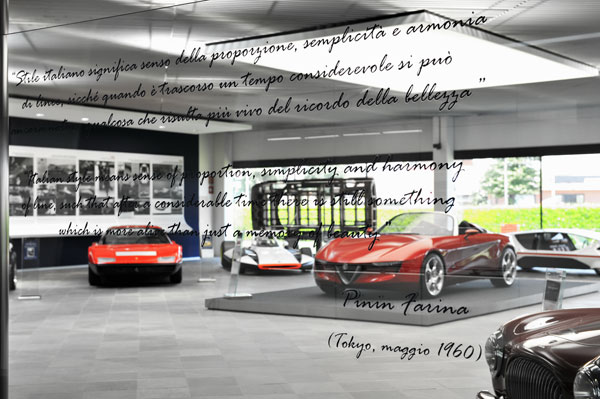
In recent years, Pininfarina have branched out into other areas of design. In 2016 they won the International Architecture Award for their proposal of a new air traffic control tower at Istanbul airport. They were also involved in the design of the new Juventus Stadium and their São Paulo skyscraper, Cyrela, won the iF Design Award.
As well as grand architectural projects, Pininfarina designs almost everything you could possibly think of. From inkless pens to perfume and adaptive sports equipment, there appears to be a Pininfarina product to help you achieve la bella figura in almost every aspect of your life.
Pininfarina
Via Nazionale, 30
10020 Cambiano (TO)
tel. +39 011 9438111
info@pininfarina.it
http://www.pininfarina.com
